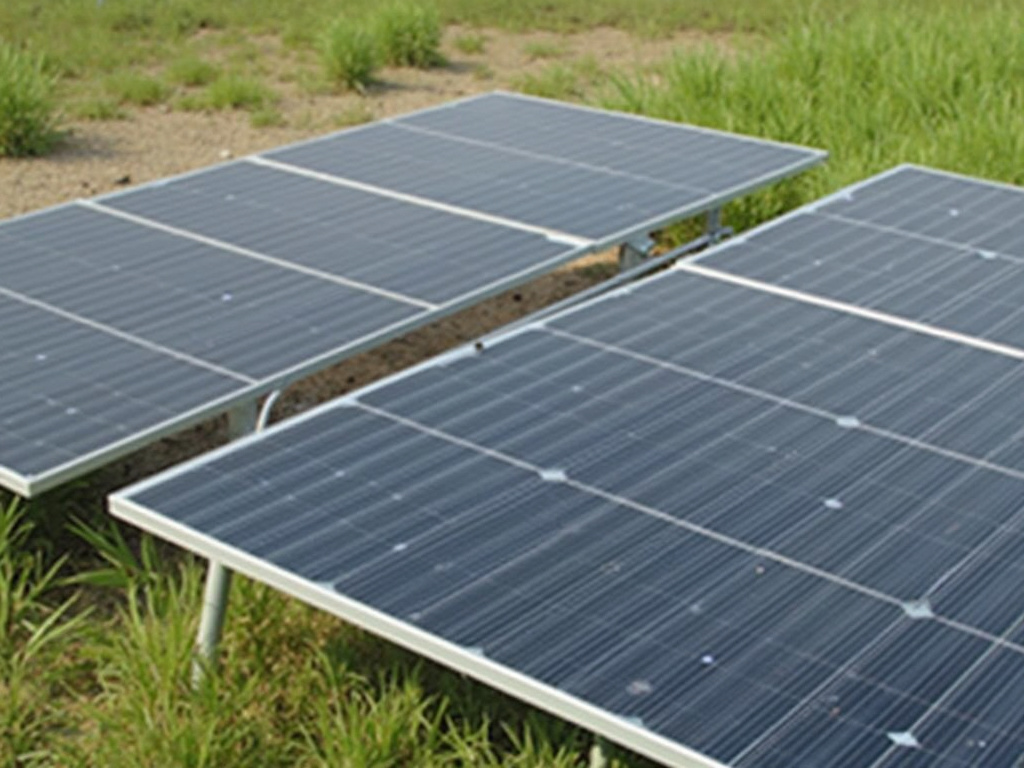Wireless power transfer is revolutionizing how we charge and power devices, eliminating the need for cumbersome cords. From Tesla's early experiments to today's advanced applications, this technology has evolved to offer convenient and efficient energy transmission across various industries.
Key Takeaways:
- Wireless power transfer uses electromagnetic fields to transmit electricity without wires
- Near-field and far-field techniques enable different power transfer applications
- Consumer electronics, medical devices, and transportation are key beneficiaries of this technology
- Safety regulations and electromagnetic interference control are crucial considerations
- Ongoing research aims to enhance efficiency and expand high-power applications
The Wireless Revolution: From Tesla to Today
Wireless Power Transfer (WPT) is the transmission of electrical energy without wires using electromagnetic fields. This concept dates back to the 1890s when Nikola Tesla first demonstrated its potential. Since then, WPT has evolved from a futuristic idea into practical applications that are changing how we power our devices.
The journey from Tesla's experiments to today's wireless charging pads has been marked by significant technological advancements. Inductive coupling and resonant inductive coupling have become the backbone of modern WPT systems, enabling everything from charging smartphones to powering electric vehicles.
Unveiling the Technologies Behind Wireless Power Transfer
WPT technologies can be broadly categorized into near-field and far-field techniques. Near-field techniques include:
- Inductive Coupling: Used in charging phones and electric toothbrushes
- Resonant Inductive Coupling: Applied in Qi charging and biomedical implants
- Capacitive Coupling: Efficient over short distances, based on electric induction
Far-field techniques, on the other hand, offer potential for long-distance power transfer:
- Microwave Radiation: Promising for solar power satellites and wireless powered drones
- Optical Radiation: Uses laser beams for long-distance power transfer
- Ultrasonic Wireless Power Transfer: Suitable for underwater or in-body applications
Key components of WPT systems include transmitters, receivers, and antenna devices such as coils, resonators, and phased arrays. These systems also incorporate communication systems for power adjustment and monitoring, ensuring optimal energy transfer.
Transforming Industries: Current and Future Applications
Wireless power transfer is making significant impacts across various sectors:
- Consumer Electronics: Wirelessly charging mobile phones, tablets, and other devices
- Medical Devices: Powering implantable devices like pacemakers
- Transportation: Charging electric vehicles, buses, trains, and MAGLEV systems
- Industrial Applications: Factory transport systems, induction stovetops, industrial heaters
The benefits of WPT extend beyond convenience. It promotes sustainability by reducing disposable battery usage and improves safety in various applications. Future developments are focused on high-power applications for electric vehicles and trains, with ongoing research aimed at enhancing efficiency in radiative and optical WPT methods.
Navigating Safety and Regulations in Wireless Power Transfer
As WPT technology advances, ensuring safety and adhering to regulations become paramount. Key considerations include:
- Electromagnetic field exposure limits
- Controlling electromagnetic interference (EMI)
- Operational frequency and voltage/current level regulations
- Safety measures for wearable and implanted medical devices
These regulations aim to protect people and living beings in WPT environments. As the technology continues to evolve, so too will the safety standards and regulatory frameworks governing its use.
In conclusion, wireless power transfer is rapidly cutting the last cord, offering a future where energy flows as freely as information. As research progresses and applications expand, we can expect this technology to become an integral part of our daily lives, powering everything from our smallest gadgets to our largest vehicles.
Sources:
Wikipedia: Wireless power transfer
All About Circuits: Introduction to Wireless Power Transfer
ABLIC: Wireless Power Transfer
ScienceDirect: Wireless Power Transfer
SimScale: Wireless Power Transfer






